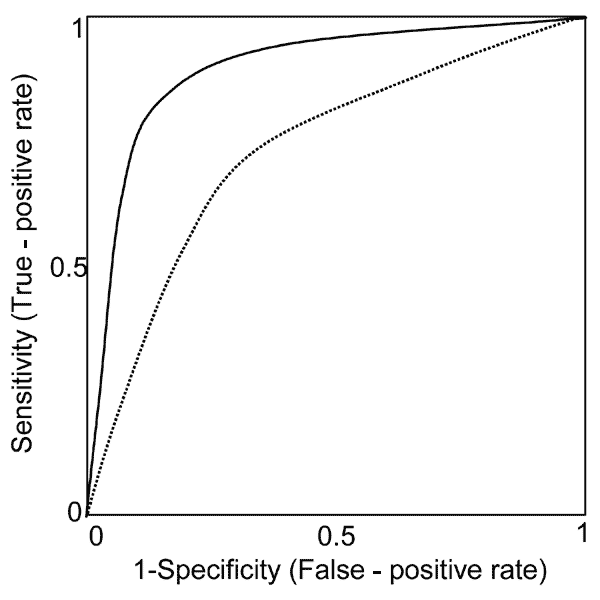 |
EID
Home | Ahead of Print | Past
Issues | EID Search | Contact
Us | Announcements | Suggested
Citation | Submit Manuscript
Volume 10, Number
1, January 2004
Evaluating Detection and Diagnostic
Decision Support Systems for Bioterrorism Response
Dena M. Bravata,*† Vandana Sundaram,*†‡ Kathryn M. McDonald,*† Wendy
M. Smith,*† Herbert Szeto,*†§ Mark D. Schleinitz,¶# and Douglas K. Owens*†‡
*University of California San Francisco-Stanford Evidence-based Practice
Center, Stanford, California, USA; †Stanford University School of Medicine,
Stanford, California, USA; ‡VA Palo Alto Healthcare System, Palo Alto,
California, USA; §Kaiser Permanente, Redwood City, California, USA; ¶Rhode
Island Hospital, Providence, Rhode Island, USA; and #Brown University
School of Medicine, Providence, Rhode Island, USA
|

